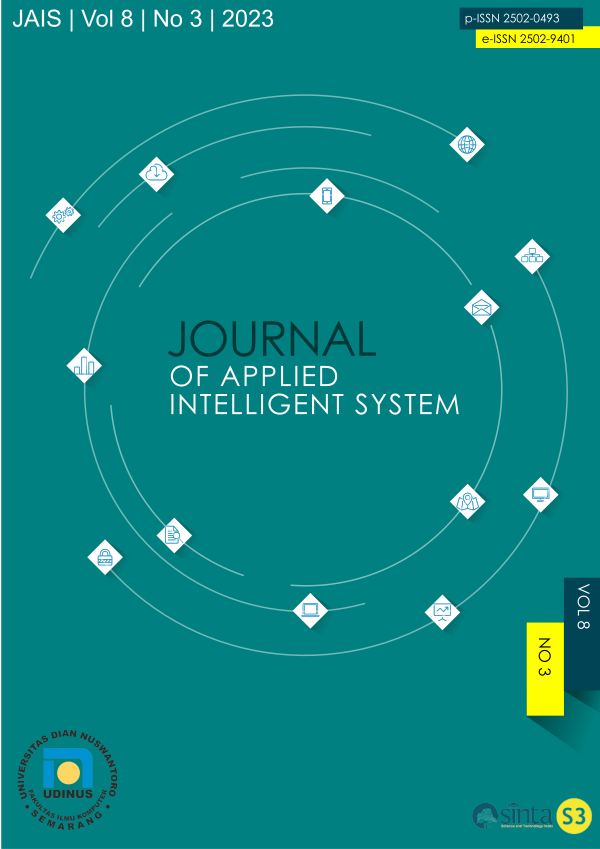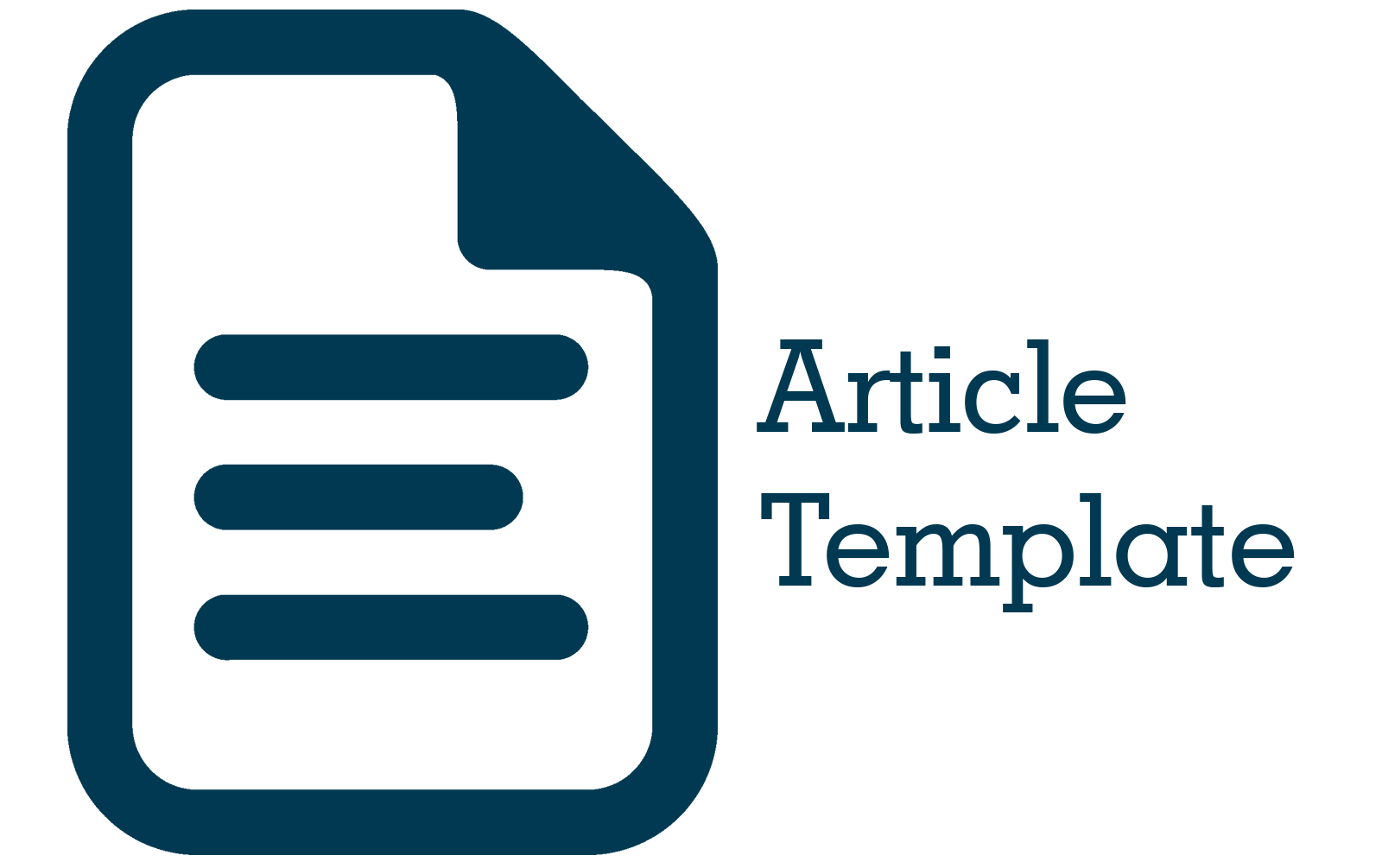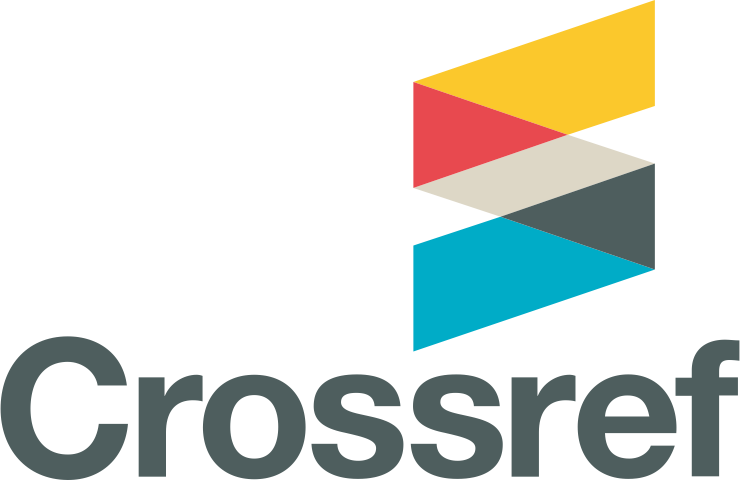Implementation Chatbot on Discord for Information Assistance and Conflict Prevention
DOI:
https://doi.org/10.33633/jais.v8i3.9089Abstract
Discord, which was originally created for the gamer community, can now be found used by hobby groups and communities that are used for shared learning purposes. But the downside is the gamer culture that comes with it. Rude and toxic words that are synonymous with the gamer community should be avoided in study group communities. Meanwhile, the facilities for minimizing harsh and toxic words are still limited to word filters that can be tricked so that they can still be sent to the chat room. This can trigger conflict and interfere with learning activities together. This paper proposed an information assistance chatbot that is able to answer question, and conflict prevention with detection toxic sentences using pre-processing from NLP (Natural Language Processing) and text classification so that the chatbot is able to limit toxic sentences a little more accurately than the word filter feature alone. Also, Chatbots are given the ability to determine the value / level of toxic conversations so that they are had been able to determine the punishment action to be carried out by warning, suspending, or even being issued for the most severe cases. In addition, by looking at the frequency of sending messages from several senders, which indicates toxic, it was able to determine when the conflict occurs. The result shows that chatbot can work fine to answer question and detecting toxic include do punishment to toxic sender. With 10% error on detecting conflict and 30% error on answer question. That 30% error false positive on make an answer that should not be answered.References
E. K. Johnson and A. Salter, “Embracing discord? The rhetorical consequences of gaming platforms as classrooms,” Comput. Compos., vol. 65, p. 102729, 2022, doi: https://doi.org/10.1016/j.compcom.2022.102729.
Q. Zhou, B. Li, L. Han, and M. Jou, “Talking to a bot or a wall? How chatbots vs. human agents affect anticipated communication quality,” Comput. Human Behav., vol. 143, p. 107674, 2023, doi: https://doi.org/10.1016/j.chb.2023.107674.
X. Wang, K. Juffermans, and C. Du, “Harmony as language policy in China: an Internet perspective,” Lang. Policy, vol. 15, no. 3, pp. 299–321, 2016, doi: 10.1007/s10993-015-9374-y.
W. Ye and L. Zhao, “‘I know it’s sensitive’: Internet censorship, recoding, and the sensitive word culture in China,” Discourse, Context Media, vol. 51, p. 100666, 2023, doi: https://doi.org/10.1016/j.dcm.2022.100666.
Lalwani, Tarun and Bhalotia, Shashank and Pal, Ashish and Rathod, Vasundhara and Bisen, Shreya, “Implementation of a Chatbot System using AI and NLP”. International Journal of Innovative Research in Computer Science & Technology (IJIRCST), vol. 6, no. 3, 2018, doi: http://dx.doi.org/10.2139/ssrn.3531782
Y.-C. Lee, N. Yamashita, and Y. Huang, “Designing a Chatbot as a Mediator for Promoting Deep Self-Disclosure to a Real Mental Health Professional,” Proc. ACM Human-Computer Interact., vol. 4, pp. 1–27, 2020.
T. T. Nguyen, A. D. Le, H. T. Hoang, and T. Nguyen, “NEU-chatbot: Chatbot for admission of National Economics University,” Comput. Educ. Artif. Intell., vol. 2, p. 100036, 2021, doi: https://doi.org/10.1016/j.caeai.2021.100036.
?. Pawlik, M. P?aza, S. Deniziak, and E. Boksa, “A method for improving bot effectiveness by recognising implicit customer intent in contact centre conversations,” Speech Commun., vol. 143, pp. 33–45, 2022, doi: https://doi.org/10.1016/j.specom.2022.07.003.
A. Følstad and P. Brandtzaeg, “Chatbots and the new world of HCI,” interactions, vol. 24, pp. 38–42, 2017, doi: 10.1145/3085558.
McDowell, P. Media and Mediation in the Eighteenth Century. Oxford Handbooks Online, 2017, 1–22.
R. A. Maulidiatsani, “The Portrait Of Swearwords And The Social Background Of The Characters In The Breakfast Club Movie,” Lang. Horiz. J. Lang. Stud., vol. 3, no. 1, 2015.
M. Kusy, Toxic workplace! managing toxic personalities and their systems of power, 1st ed. San Francisco: Jossey-Bass, 2009.
Ayob, M. A., Hadi, N. A., Pahroraji, M. E. H. M., Ismail, B., & Saaid, M. N. F. , “Promoting ‘Discord’ as a Platform for Learning Engagement during Covid-19 Pandemic,” Asian Journal of University Education, vol. 18, no. 3. UiTM Press, Universiti Teknologi MARA, Jul. 31, 2022. doi: 10.24191/ajue.v18i3.18953.
Khurana, D., Koli, A., Khatter, K. et al. “Natural language processing: state of the art, current trends and challenges”. Multimed Tools Appl, vol. 82, pp. 3713–3744, 2023. https://doi.org/10.1007/s11042-022-13428-4.
A. Petukhova and N. Fachada, “TextCL: A Python package for NLP preprocessing tasks,” SoftwareX, vol. 19. Elsevier BV, p. 101122, Jul. 2022. doi: 10.1016/j.softx.2022.101122.
Downloads
Published
Issue
Section
License
Copyright (c) 2023 Zudha Pratama, Ery Mintorini, Karmila, Didik Hermanto

This work is licensed under a Creative Commons Attribution-NonCommercial 4.0 International License.
- Authors retain copyright and grant the journal right of first publication with the work simultaneously licensed under a Creative Commons Attribution License that allows others to share the work with an acknowledgment of the work's authorship and initial publication in this journal.
- Authors are able to enter into separate, additional contractual arrangements for the non-exclusive distribution of the journal's published version of the work (e.g., post it to an institutional repository or publish it in a book), with an acknowledgment of its initial publication in this journal.
- Authors are permitted and encouraged to post their work online (e.g., in institutional repositories or on their website) prior to and during the submission process, as it can lead to productive exchanges, as well as earlier and greater citation of published work (See The Effect of Open Access).









